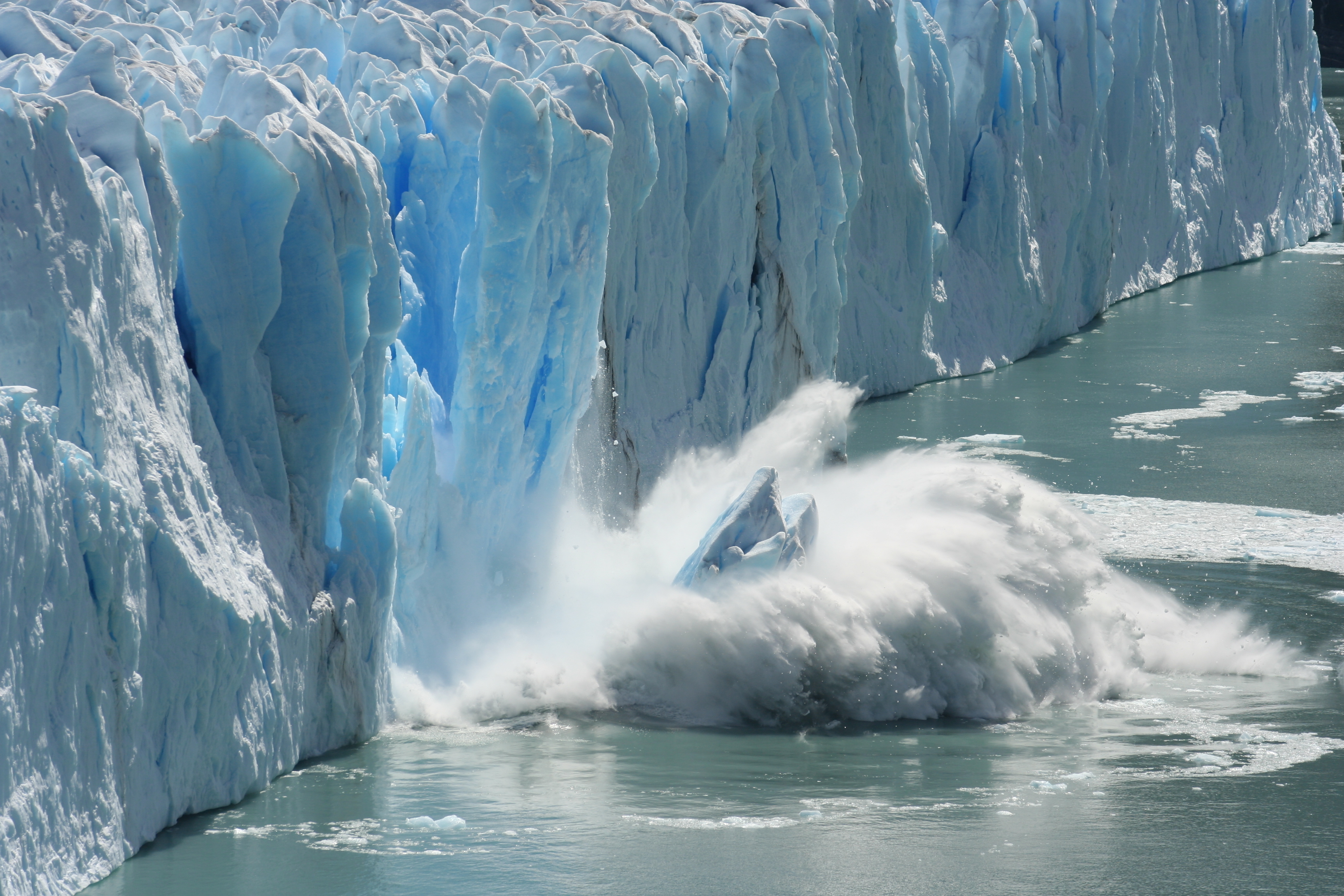Chapter 1 Linear Models

In the debate over global warming, sea level is a reliable indicator of climate change, because it is affected by both melting glaciers and by the thermal expansion of sea water. During the 20th century, sea level rose by about 15 centimeters, compared to a fairly constant level for the previous 3,000 years.
Not surprisingly, scientists would like to understand the causes of sea-level change as thoroughly as possible, and to measure the rate of sea-level rise as accurately as possible. Using data from satellites and floats (mechanical devices drifting in the ocean), oceanographers at NASA’s Jet Propulsion Laboratory have calculated that the sea level rose, on average, 3 millimeters (0.1 inches) per year between 1995 and 2005. The graph below shows the change in mean sea level, measured in millimeters, over that time period.

The Intergovernmental Panel on Climate Change (IPCC) predicts that sea level could rise as much as 1 meter during the 21st century. If that happens, low-lying, densely populated areas in China, Southeast Asia, and the Nile Delta would become uninhabitable, as well as the Gulf Coast and Eastern Seaboard of the United States.

